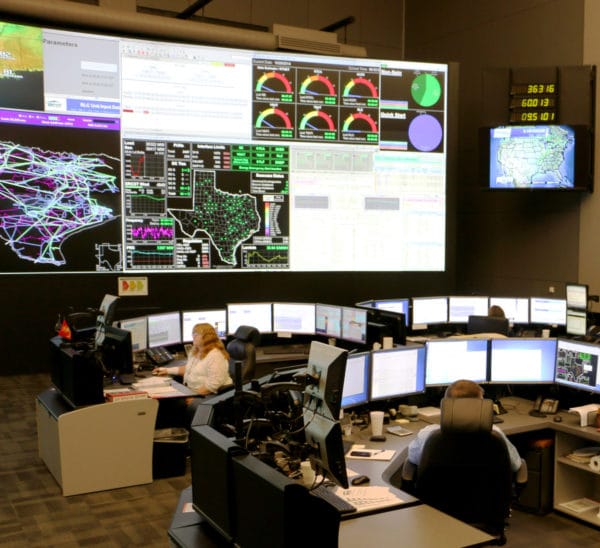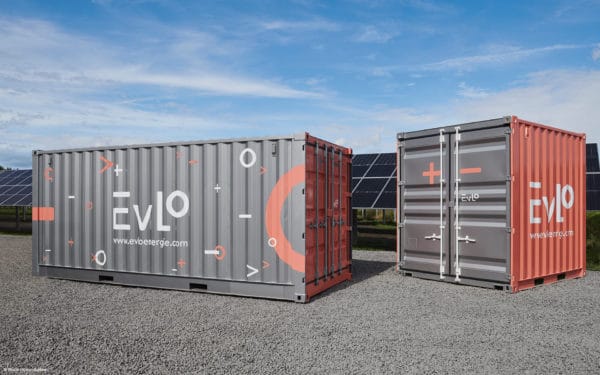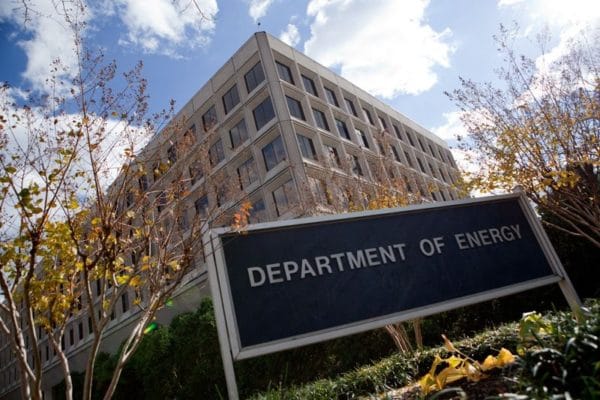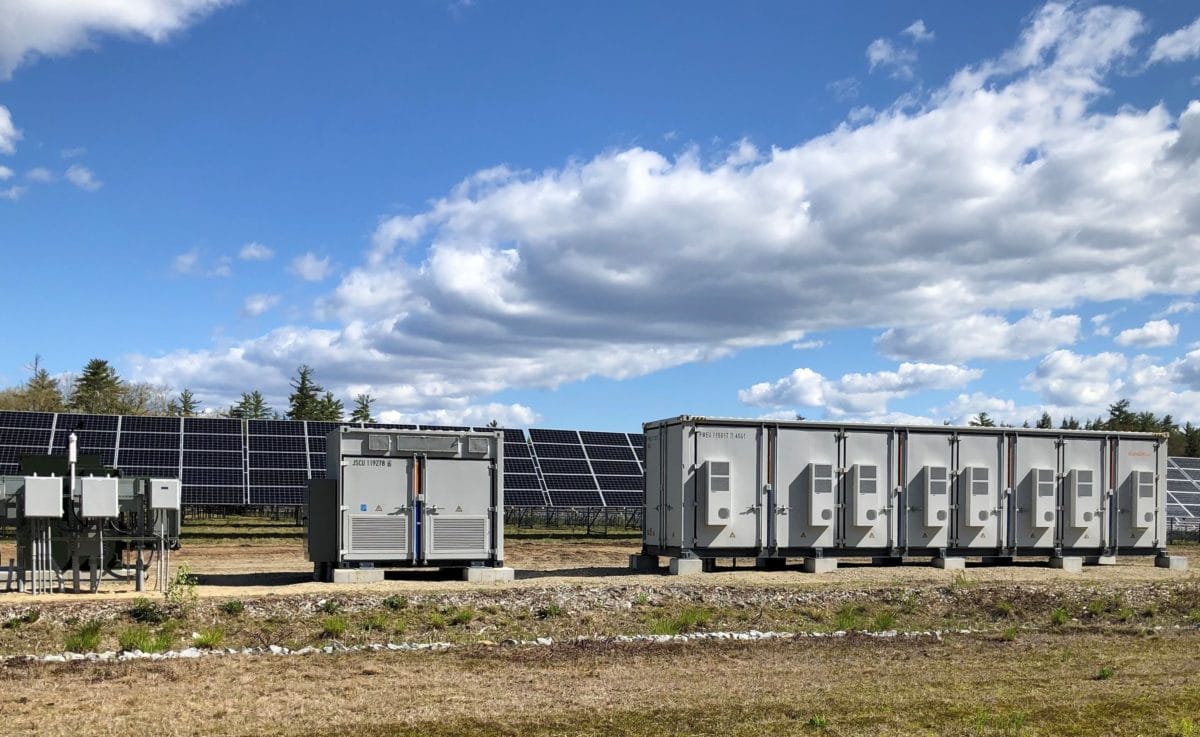It’s widely recognized that one of the greatest challenges in transitioning from an electric grid powered predominantly by fossil fuels to one powered by clean energy sources like solar and wind is the intermittency of many renewables.
Energy storage presents a key solution—offering, along with demand response and other load flexibility options—to be the “glue” that holds together a more flexible and distributed grid.
Unfortunately, despite dramatic reductions in battery prices and demonstrated consumer demand, outdated interconnection policies remain a significant barrier to unlocking the full value of energy storage on the distribution grid. Without action to remedy the shortcomings of these policies–which control which storage capabilities are recognized and how efficiently they are evaluated–that clean grid of the future may be out of reach, at least within the timeframe needed to mitigate the worst impacts of climate change.

Many states’ interconnection rules do not explicitly address energy storage, creating uncertainty that slows and complicates the interconnection process and that can negatively impact financing prospects. Additionally, many interconnection policies use unrealistic assumptions when assessing the impacts of potential storage projects on the grid. These policy flaws present significant barriers to unlocking the broad energy storage deployment that will be needed to achieve high-renewable scenarios.
In this article, the second in a series exploring the need for interconnection reform to enable rapid deployment of clean energy to reach climate goals, we explore why existing interconnection policies are falling short for energy storage systems (ESS) and what can be done to remedy the situation. (Read “Interconnection is broken: Radical rethinking is needed to achieve clean energy goals.”)
The unique value of energy storage
One of the major benefits of energy storage, particularly when co-located with solar or other intermittent distributed energy resources (DERs), is that storage offers the flexibility to control when power is exported to (or drawn from) the grid, mitigating the grid management challenges presented by these sources.
Software (including power control systems or PCS) that manages energy storage exports makes this possible. For example, instead of exporting during the middle of the day when there is an excess of solar energy, ESS can store that energy and send it to the grid in the evening when solar is offline and home energy demand increases.

Image: ERCOT
Likewise, project developers could also propose “operating schedules” for their ESS projects, exporting more or less power to the grid during periods when the grid can accommodate more generation (such as when consumers are using more power to run air conditioners) and limit export when the grid is more constrained.
Storage systems could also be designed to change their export levels in response to dynamic signals, such as demand response programs that disincentivize export during certain times of day.
Neither of these functions is in widespread use today, however, and current interconnection rules are a key reason why.
PCS also allows DER projects with energy storage to be designed as “non-export” projects that do not export power to the grid, or “limited export” projects that do not export over a certain threshold. This option can be particularly valuable in allowing DER projects to proceed in areas of the grid that are capacity constrained.
Most interconnection policies currently require individual project owners to pay the full cost of any distribution grid upgrades that are needed to accommodate their project. Because upgrade costs are high, this factor may prevent new projects in areas of the grid with high penetrations of DERs. Interconnection customers can avoid hefty grid upgrade fees by designing their projects to operate as non- or limited-export systems, which can reduce grid impacts. Howver, few interconnection procedures provide a clear pathway for such systems.
The controllability of storage
Unfortunately, most interconnection policies hinder the use of all of these beneficial energy storage functions. That’s because the “screening” or “study” process, in which utilities evaluate the potential impacts of a proposed distributed generation facility seeking to connect to the grid, generally fails to recognize the controllable nature of energy storage.

CNW Group/Hydro-Quebec
The current default method is to study projects with the assumption that the project may export or import its full capacity at any time, as opposed to being able to reduce capacity during specific times or to limit it altogether. This assumption may lead to unnecessary and time-consuming studies that slow the interconnection process, or to costly upgrades that may make projects infeasible. This makes it harder for project developers to deploy projects that are specifically designed to provide beneficial services on the grid.
Interconnection rules need to include revised screening and study processes for these types of systems if we want to unlock the unique value of ESS in enabling a high-DER future. Processes for evaluating non- or limited export projects will need to be developed. Additional processes will need to be defined for evaluating systems that export varying amounts of power at different times, such as based on an operating profile.
Solutions
Several states, including California, Hawaii, Arizona, and Nevada, have updated their interconnection rules with these challenges in mind. Illinois, Massachusetts, and New York are actively working on this, while related proposals have been introduced in Colorado, New Mexico, Maine, Connecticut, and New Jersey. While these states are making progress, no jurisdiction has developed a straightforward process that truly enables these capabilities in an efficient manner.

Department of Energy/Quentin Kruger
Thus, further attention will be needed to ensure that this barrier is addressed in all states. Given the critical nature of integrating energy storage onto the grid to meet climate goals, combined with the fact that ESS is rapidly becoming a larger part of the market, these are key questions that should be at the forefront for any state opening an interconnection docket or adopting policies to enable more DERs.
Fortunately, forthcoming resources will make this easier. The Building a Technically Reliable Interconnection Evolution for Storage (BATRIES) project, supported by the U.S. Department of Energy Solar Energy Technologies Office and led by the Interstate Renewable Energy Council (IREC) and partners, aims to simplify the interconnection process for energy storage.
As part of a toolkit of solutions that the team will develop to address key barriers to energy storage interconnection, the BATRIES project will produce resources to inform the development of updated study processes that can be incorporated into interconnection rules. The project aims to reach regulators and utilities in a majority of states with resources to reform energy storage interconnection.
Gwen Brown is communications director at the Interstate Renewable Energy Council. This article is the second in a four-part series on interconnection reform. In the next article, we will explore the need for greater accountability in the interconnection process. A subsequent article will explore the need for increased data access and transparency.
The views and opinions expressed in this article are the author’s own, and do not necessarily reflect those held by pv magazine.
This content is protected by copyright and may not be reused. If you want to cooperate with us and would like to reuse some of our content, please contact: editors@pv-magazine.com.








One thing that must be addressed is tariff charges associated with charging a BESS. A demand charge for charging a battery sends an incorrect signal to the power system and the BESS. With the increase in PV, as an example, a BESS should be incentivized to charge on-peak during times of high PV output. Unfortunately, on-peak demand charges prohibit a BESS from operating during that time. Treating a BESS like any other commercial customer is incorrect.